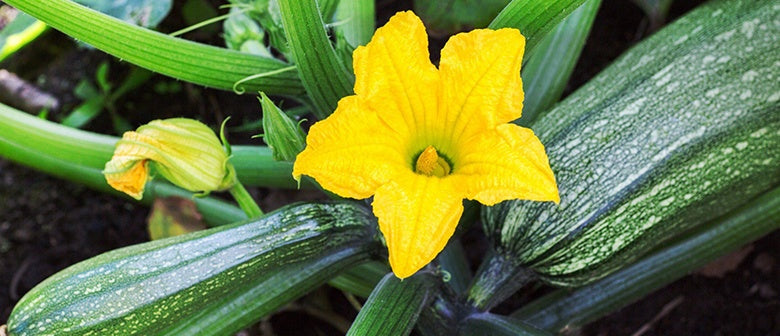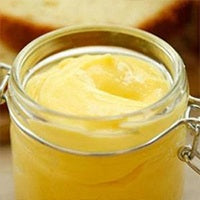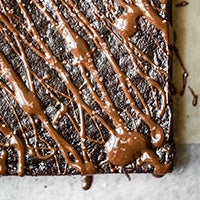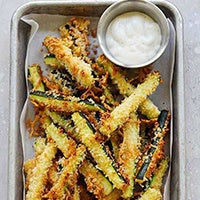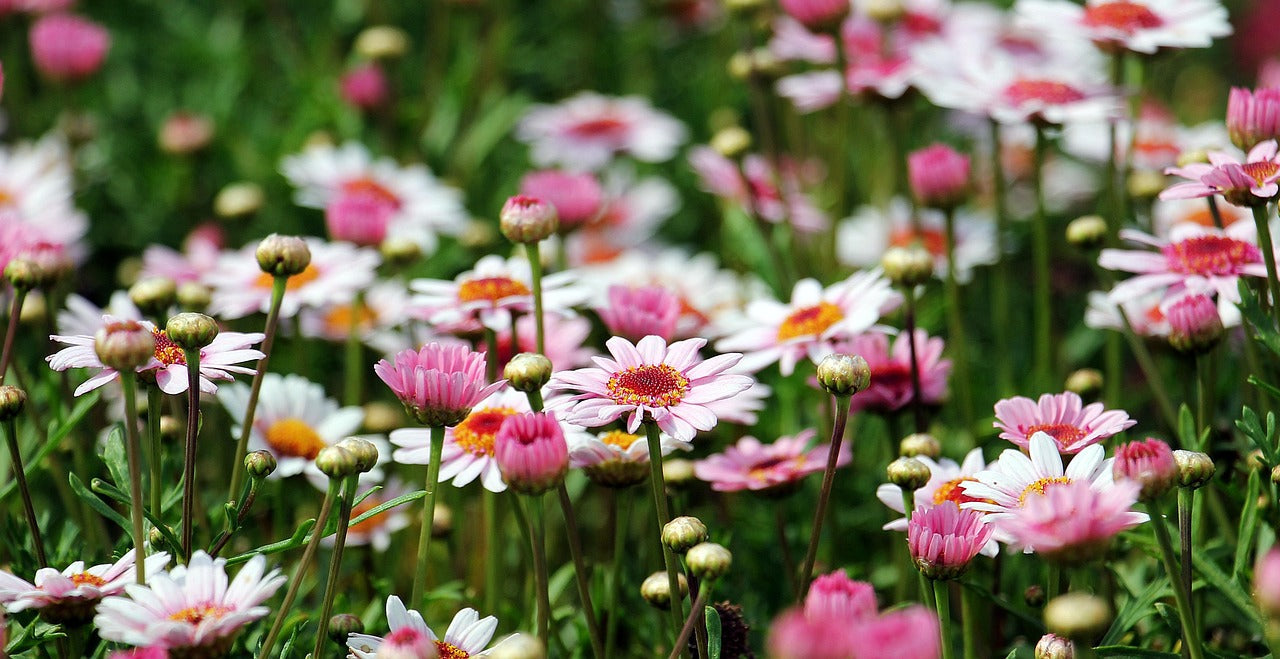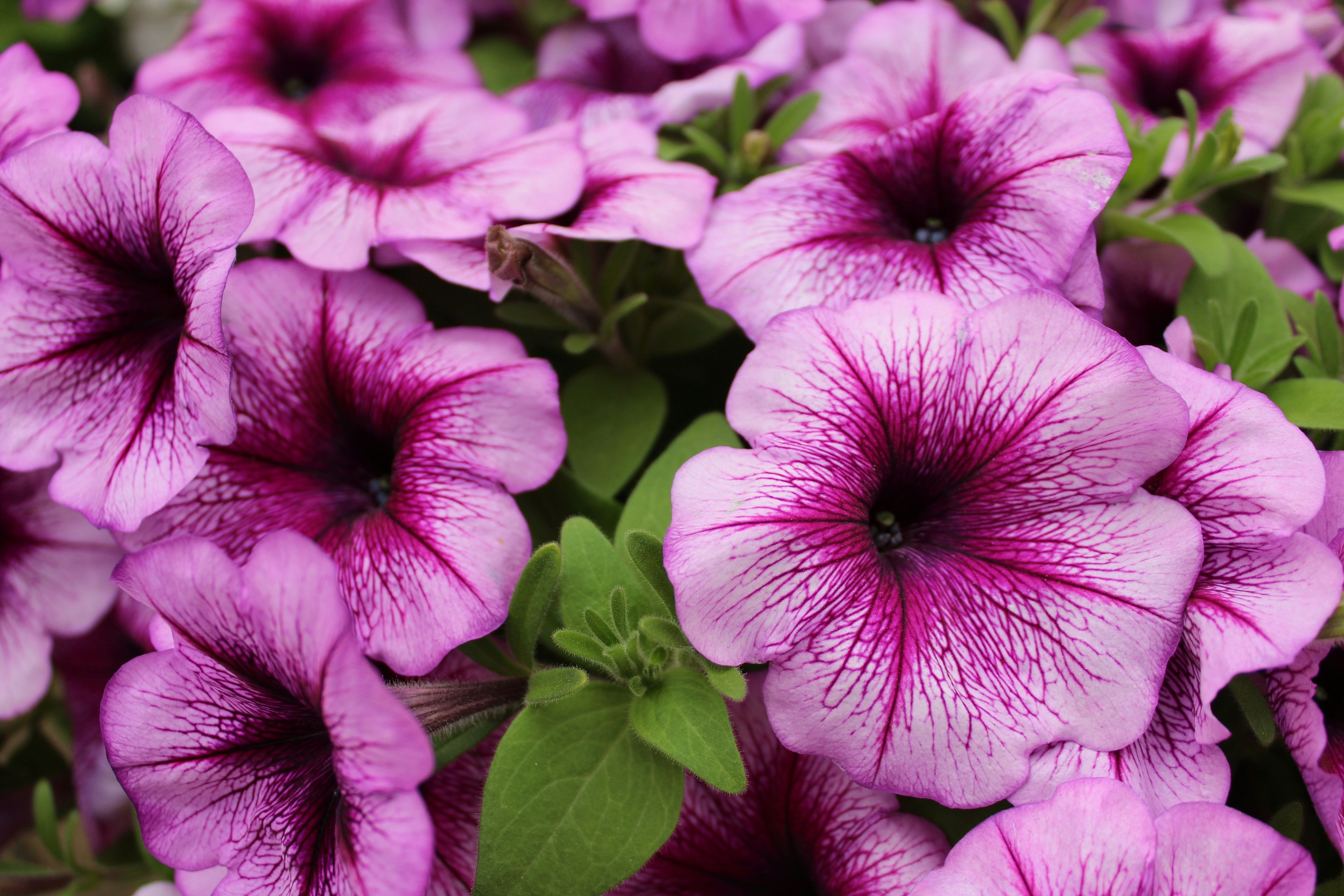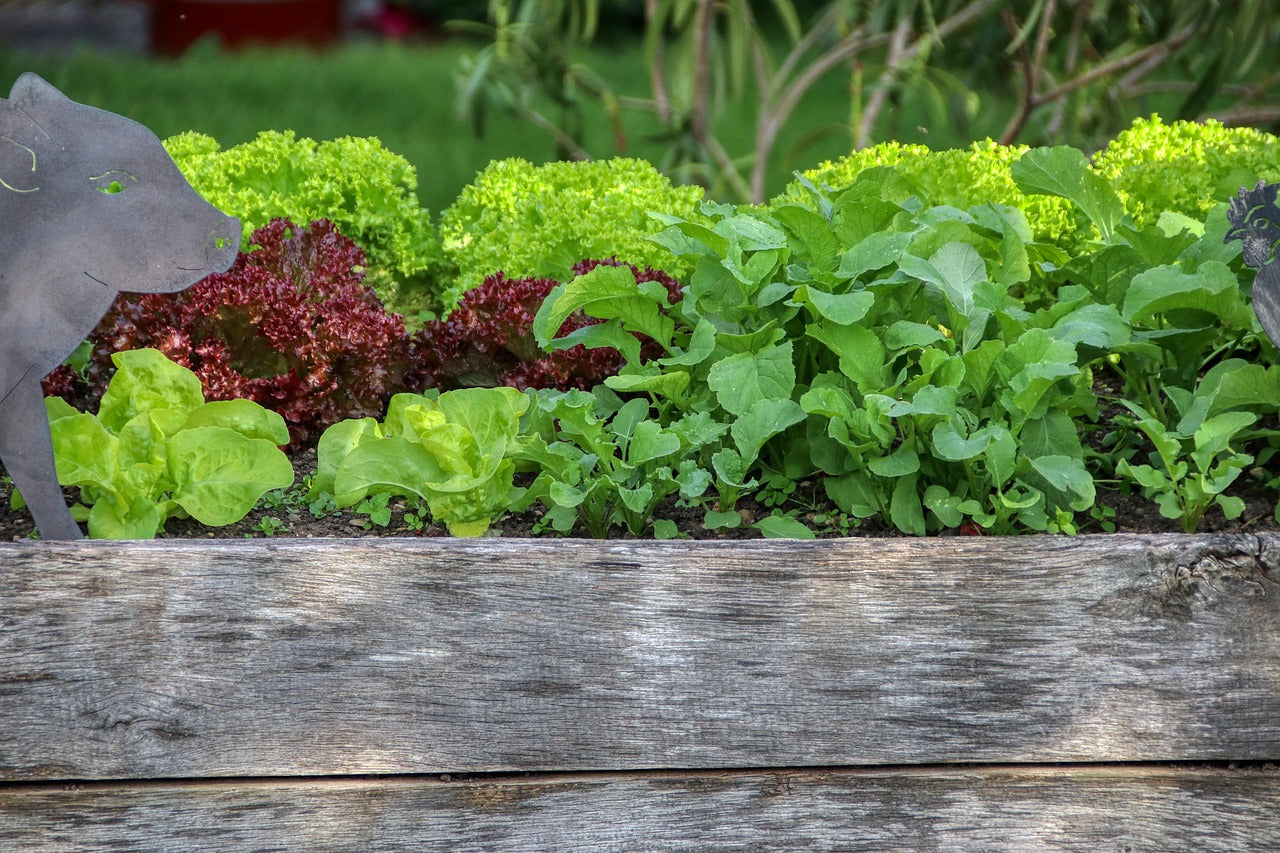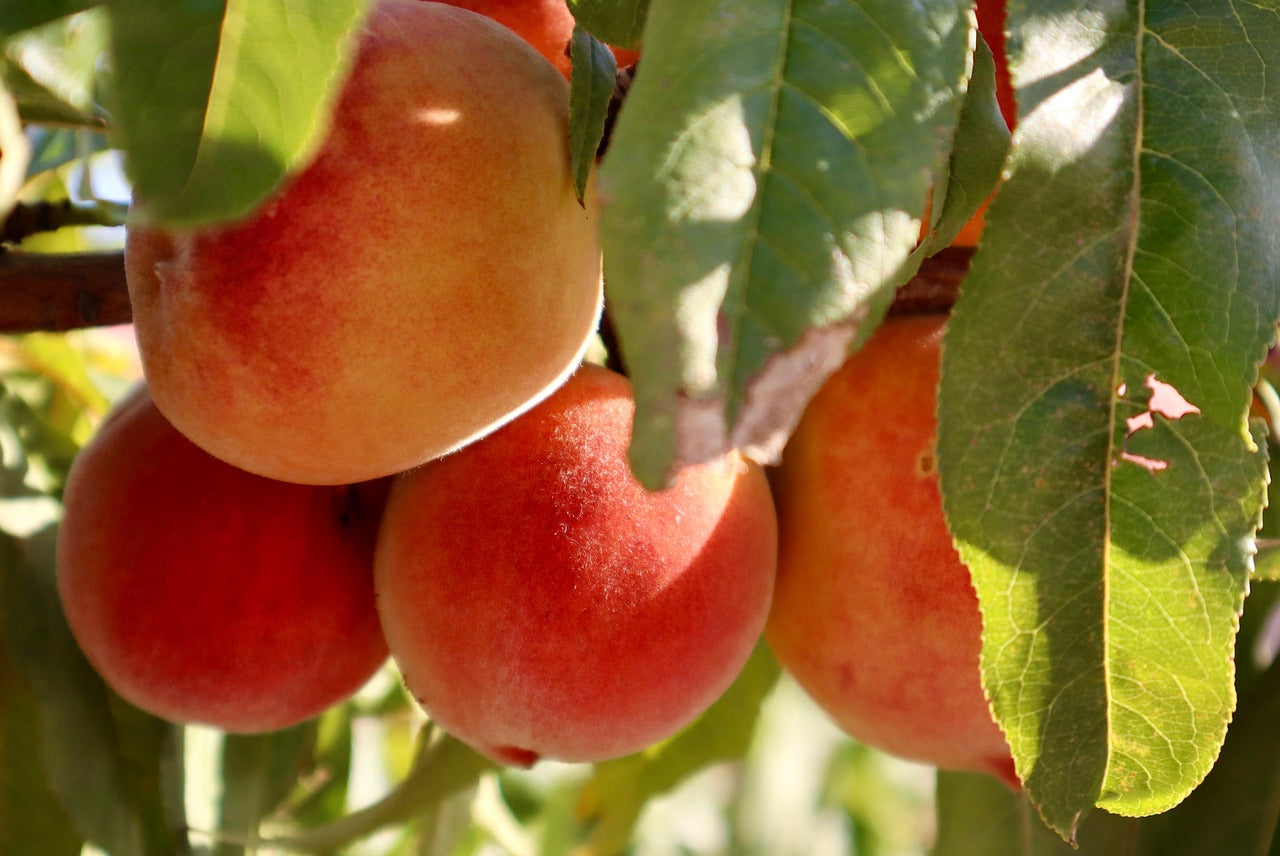Growing courgette at home has many benefits! Delicious in stir fry, grilled on the BBQ, lasagne and desserts (yes really), courgette is a versatile vege! Why pay supermarket prices when you can grow your own at home? A lot of gardeners will tell you that growing courgette is relatively simple in the fact that it grows itself. While it’s true that courgette can be a prolific grower, it will still be very grateful for a little help from you. Here are our top tips for growing courgette at home:
When to Plant
Wait until the risk of frost has passed before you plant your seedlings outdoors. Courgette like warm soil and air temperature, they won’t grow well in cold soil.
Courgettes are generally ready to harvest in around 40 – 60 days from planting. So you’re not overcome with courgette at once, we recommend stagger planting so that you have a continuous harvest. You can plant 2 – 3 times per season.
At Planting Time
Prepare the planting bed with lots of organic matter. Courgette perform best in soils that are around a pH of 6.5.
Plant your courgette in ‘hills’ – this simply means to cluster several plants close together. The reason behind this is because the flowers need to be pollinated to form a viable fruit. Each flower is only open for one day, so if you have multiple plants growing near each other, you will have a lot more flowers opening.
Where to plant
Courgette like the sun, so pick a spot that receives six to eight hours of sun per day. A lack of sun can affect plant health and production. Lower light levels can result in lanky plants with pale foliage and reduced yields.
Watering
Keep the soil evenly moist. The critical time for watering is during bud development and flowering. Fruit production can be impacted if the soil is allowed to dry out too much between waterings.
Once plants are established, we recommend that you mulch to retain soil moisture and suppress weeds.
Feeding
Courgette are heavy feeders. Water well and provide with a liquid feed every fortnight.
If the leaves pale or the plants appear weak, side-dress with compost or use a foliar spray like Yates Thrive Natural Seaweed Tonic.
Pollination
The plot thickens on the whole courgette flowering thing, as well as contending with ‘one day flowers’ you also need both male and female flowers open at the same time. Only female flowers will set fruit. The male flowers are there strictly for pollinating purposes.
New courgette plants tend to set a lot of male flowers at first. This can be very frustrating for gardeners because you will see a lot of flowers blooming but no fruits forming. Be patient, once the plants get in to gear, they will start setting flowers of both sexes and, thanks to the early male flowers, there should be plenty of pollinating insects in the area. You will know you have female flowers when you see tiny fruits directly behind the base of the flower.
If you’re really dedicated to your harvest, you can always take pollinating matters into your own hands by removing the male flowers and dust their pollen onto the female flowers, to help ensure good pollination takes place.
Don’t waste those early male flowers. You can still pick them, dip them in batter, and fry them up for a great treat.
Harvesting
Pick your courgettes before they get too large, when they are 15 – 20cm is ideal. Cut the courgettes off the plant rather than snapping, as this can damage the main trunk of the plant. Regular picking encourages more fruits to grow.
Pests and Diseases
Powdery mildew is probably the most pervasive fungal disease that your courgette could get. The leaves will look like they have been dusted in talcum powder. Prevention is the cure with powdery mildew, to aid in its occurrence, properly space your plants out so maximise air flow and avoid watering the leaves.
Compatible Plants
Courgette can be planted in close proximity to corn, beans, nasturtium, parsley, silverbeet and tomatoes.
Avoid growing close to potatoes.
Recipes
If you’re not already convinced enough to grow courgette, check out some of our favourite recipes:

